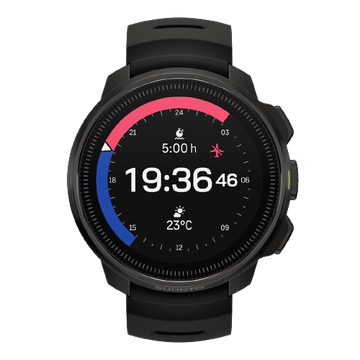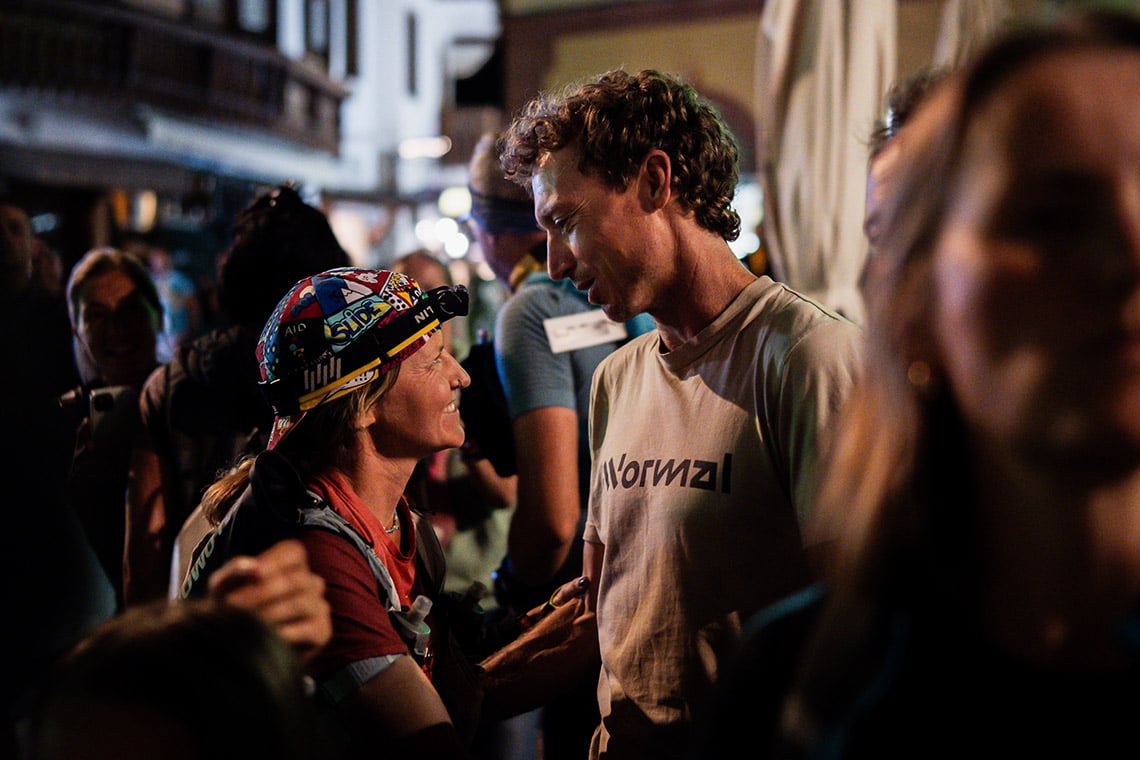Thought your HR monitor was just a training tool for fitness? Think again. It's actually an invaluable guide to staying safe in the mountains, says Mountain Guide Fabien Meyer.
Heart rate monitors are most commonly associated with performance sports and are an invaluable tool to improving your fitness, training intelligently and gauging your progress. But not many people realize they can help you make the right decisions in the mountains – decisions that could ultimately save your life.
“If you're not acclimatized your heart rate will be about 20bpm above normal.”
How so? Heart rate data can provide an accurate guide as to whether you're acclimatized. That in turn will tell you whether you're moving fast enough to make that summit in time before the weather turns.
“You can use heart rate to see if you're going to make the summit,” says Meyer, who's based in Chamonix. “If you're not acclimatized your heart rate will be far above your normal rest rate. So if you're ascending 500 m per hour normally (same activity, same weight, in your home place) at 70-80% of your HR, you will be at a heart rate of more than 85-90% of your max HR. That's going to be too high to sustain. You'll go into your lactic window after five minutes and after 30 minutes you will be obliged to slow down. And because of acidity you can not hope to come back at the same efficiency.”

Using HR will help you acclimatize more effectively. ©zooom.at/Ulrich Grill
He gives the example of the classic Whymper Couloir route in the Mt Blanc massif. It's south-facing so parties have to move fast to be able to make the summit and get off in time. A heart rate monitor will help you make an informed decision as to whether you can make it.
“You have to go quite fast and ascend 400m per hour for 4-5 hours. Using heart rate you can quickly see if you can make it in a good state.”
He adds that training with heart rate also works as a powerful incentive to fuel your climbing goals. Climbing is all about efficiency and moving quickly in difficult terrain, he explains. “If you do the same trip you did a month ago but with a 10% lower heart rate that's a great motivation.”
Fabien Meyer is a Mountain Guide based in Chamonix, France.
Top image ©Bruno Long
































































































